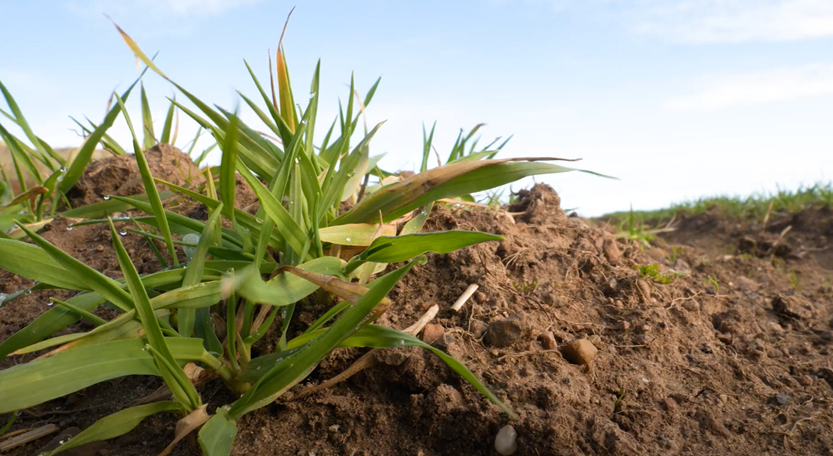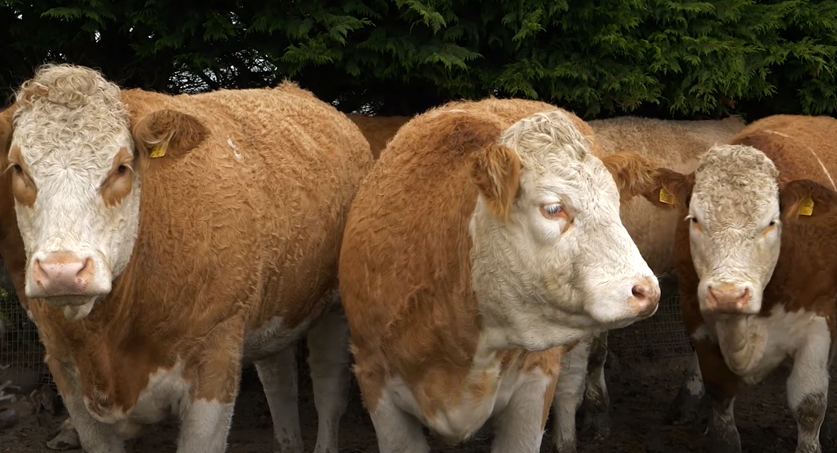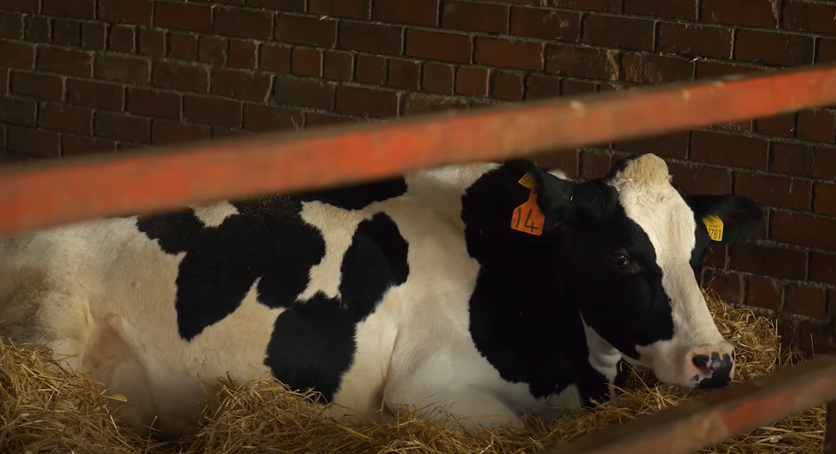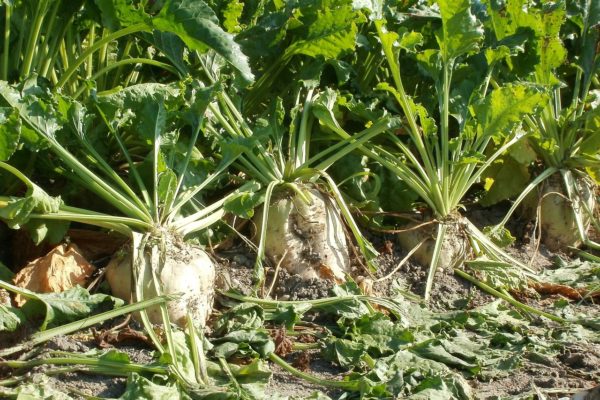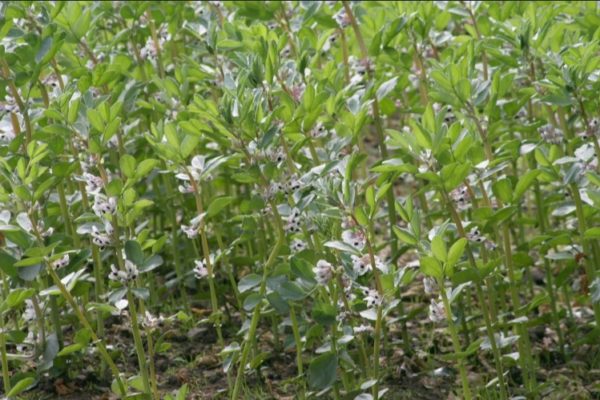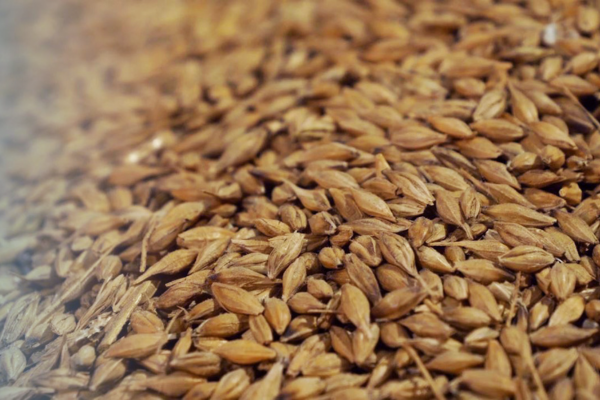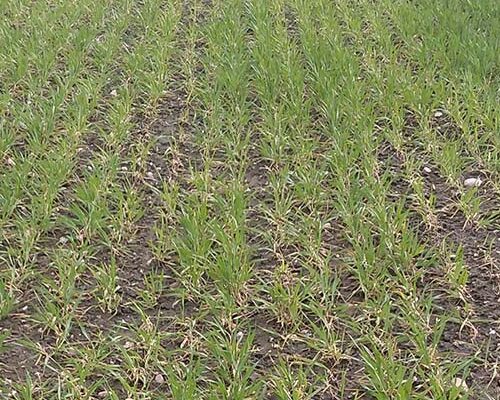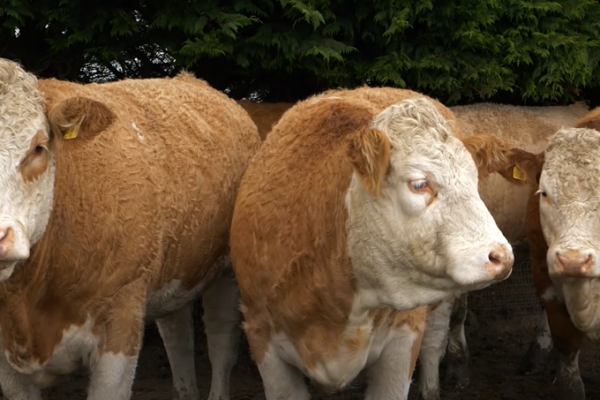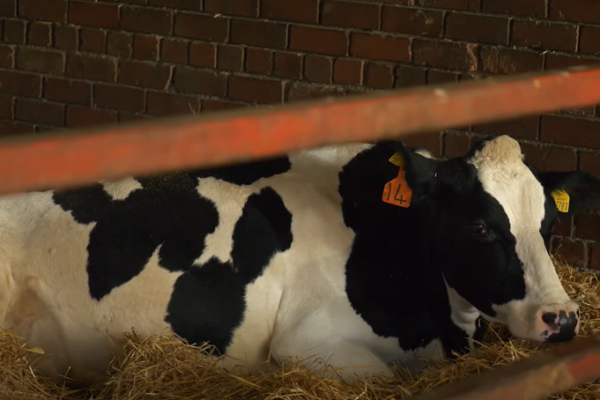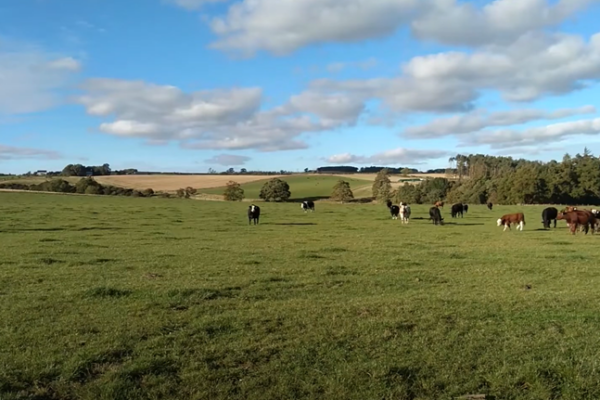Agribusiness News April 2025 – Cereals And Oilseeds
31 March 2025Global Markets
Spring weather risks remain a significant influence on global grain markets. As fieldwork advances across the Northern Hemisphere, weather patterns will play an increasingly vital role. In Brazil, April rainfall will be a decisive factor in determining the yield potential of the second corn crop. Elsewhere, the threat of drought or late frost in key producing areas including Europe, Russia, the US, and Brazil could disrupt production estimates and trigger price volatility. Initial forecasts for the 2025/26 season indicate a rise in global grain production, led by increases in maize, wheat, and barley.
Overall, grain production is anticipated to grow by 62.9 Mt, reaching 2,368 Mt. However, reduced carryover stocks from 2024/25 and rising demand suggest that ending stocks for 2025/26 will see only a modest increase of 1.4 Mt. The wheat crop for 2025/26 is forecast to hit a record 806.7 Mt, reflecting a 7.6 Mt increase from the current season. This growth is primarily attributed to a 13.4 Mt recovery in EU production and a 1.0 Mt rise in Canada, which together more than compensate for declines among other major exporters. However, with wheat consumption expected to grow by 5.7 Mt, ending stocks for the 2025/26 season are projected to decrease by 6.0 Mt.
The grain market remains bearish, influenced by ongoing Russia/Ukraine peace discussions reducing Black Sea supply concerns, higher-than-expected US wheat and corn acreage, and improved growing conditions in key regions. Seasonal patterns indicate a possible price rebound from early April to May, though underlying market fundamentals remain weak unless adverse weather conditions develop. Trade policy remains a pivotal element. On 2nd April, Trump is expected to announce new trade measures that could significantly impact global agricultural exports and imports. If tariffs target major buyers such as China or the EU, trade flows will shift rapidly, potentially provoking retaliatory measures.
European Markets
The EU plays an essential role in the global cereal supply, and with an optimistic crop production outlook in the MARS report, global supply could see a boost in the 2025/26 season. The IGC is already projecting an increase of 17.2 Mt in total EU grain production, reaching 275 Mt in 2025. This expansion could exert downward pressure on both global and domestic cereal prices. However, as the season is still in its early stages, the effects of weather developments on crop yields need to be carefully observed. If unfavourable conditions persist, yields in Central and South-Eastern Europe could be negatively affected in the months ahead.
Increasing EU wheat exports are crucial for supporting higher prices before the season concludes and for the first time in four months, exports surpassed 500Kt in late March. Whether this marks the beginning of stronger demand for EU wheat remains uncertain and will need confirmation in the coming weeks.
Fluctuations in currency values and the potential introduction of new trade tariffs will also be key influencing factors. For a significant price recovery, US exports must remain robust, EU wheat shipments must compensate for the reduced Black Sea supply, and South American demand must be strong enough to absorb any disruptions in US trade.
UK Markets
UK wheat imports from the EU have already reached 1.1Mt. They have been needed to offset a weak 11Mt domestic harvest. Meanwhile, UK farmers have been reluctant to sell their old crop stocks, anticipating a price recovery that has failed to materialize since October.
In the futures market, LIFFE prices suggest that ending stocks may be larger than usual, with May 2025 contracts trading at a £20 discount to November 2025 and a £30 discount to May 2026. However, strong local basis levels indicate that buyers are finding it difficult to secure supplies. As the season approaches its conclusion, time may not be in sellers’ favour.
Low liquidity due to limited farmer selling, continues to exert downward pressure on the market, especially for old crop stocks and the strength of the pound continues to weigh on domestic futures, while consistently positive crop ratings in the EU offer minimal support to values.

mark.bowsher-gibbs@sac.co.uk 07385 399 513
Sign up to the FAS newsletter
Receive updates on news, events and publications from Scotland’s Farm Advisory Service

